Carbon nanotube products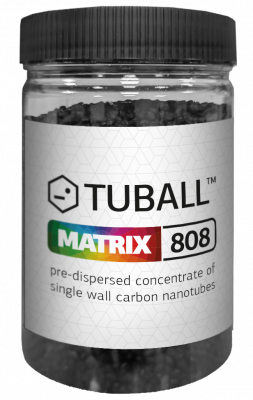


Packaging
Jar 0.6 L (up to 500 g)
Other packaging volumes are available at customers’ request
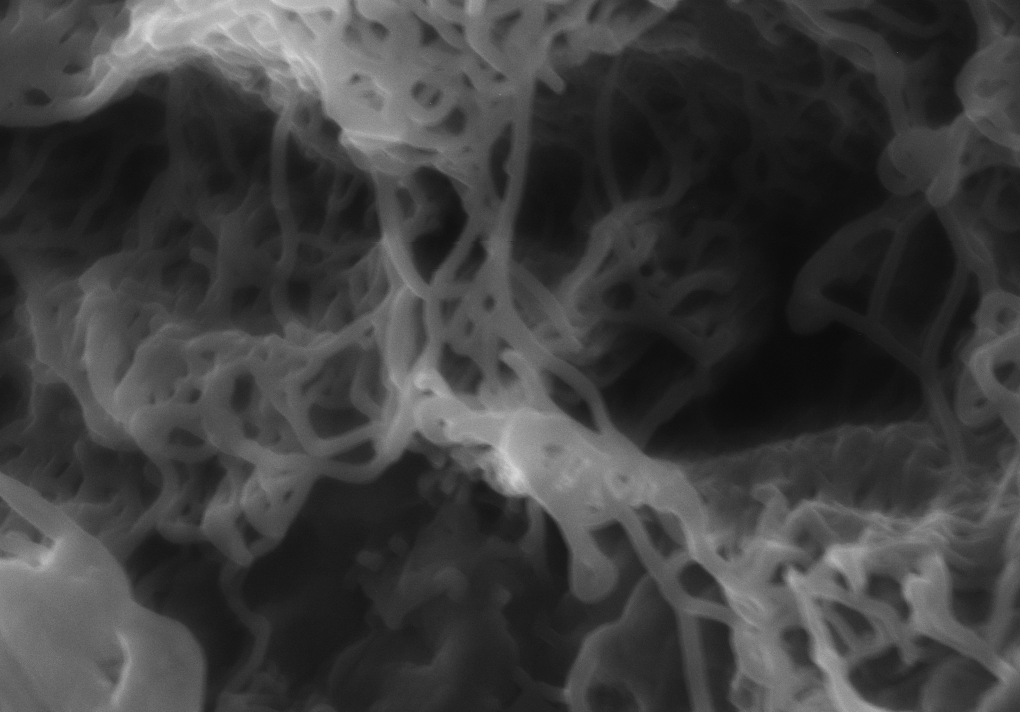
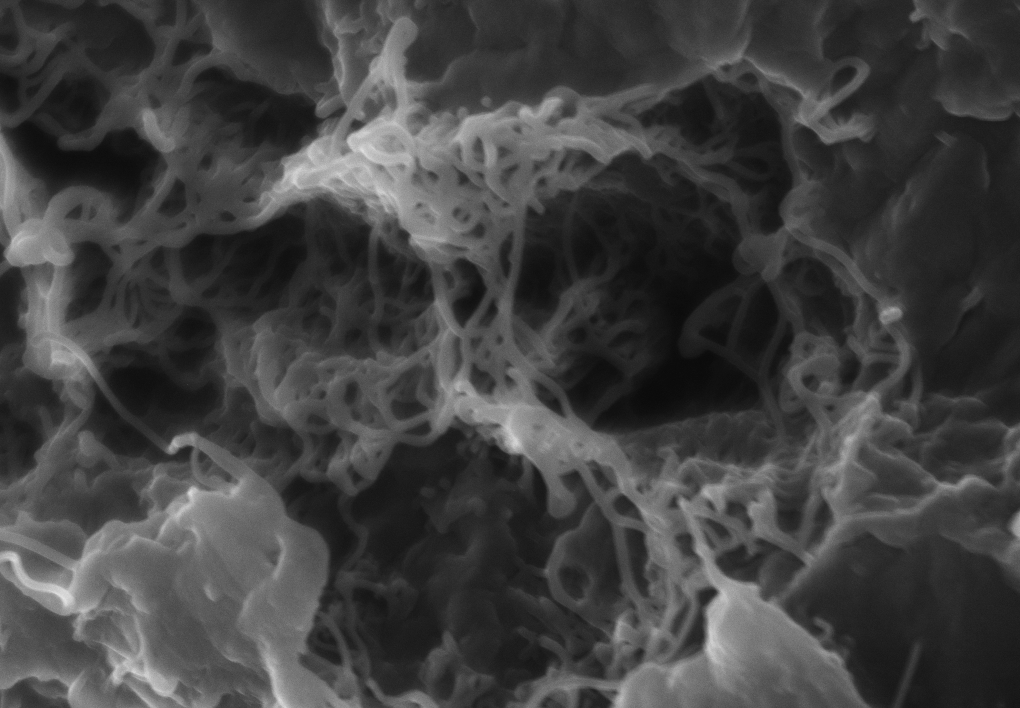
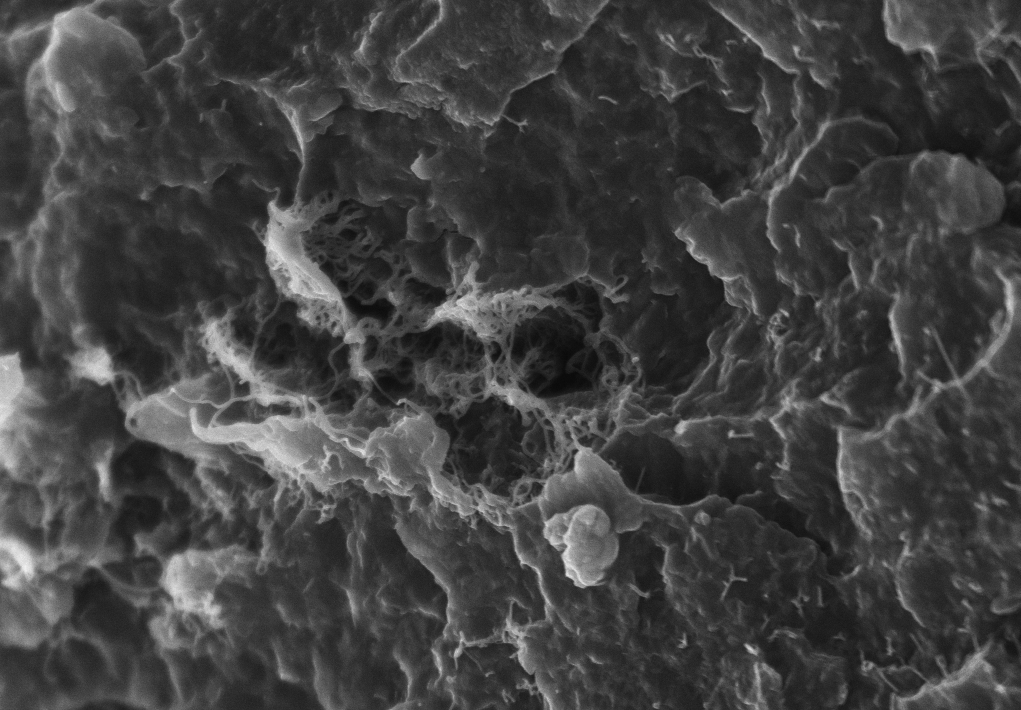
Versatile conductive additive for compounding of thermoplastic polyurethane (TPU), filled phenyl polysulfide (PPS), acrylonitrile-butadiene-styrene (ABS), polycarbonate (PC), PC-ABS, polyamide (PA), glass-fiber reinforced polyamide resin (GF PA).
To buy nanotube products, please contact us. Price depends on the required volumes.
Material system
Thermoplastic polyurethane (TPU), filled phenyl polysulfide (PPS), acrylonitrile-butadiene-styrene (ABS), polycarbonate (PC), PC-ABS, polyamide (PA), glass-fiber reinforced polyamide resin (GF PA)
Working dosage
0.5–5 wt.%
Сoncentrate carrier
Polyol ester
Shape
Pellets
Benefits
Electrical conductivity
Permanent and homogeneous electrical conductivity at low dosages
Mechanical properties
Maintained original key mechanical performance
Permanent characteristics
Resistivity is independent of humidity
Less rejection
Less rejected final parts
Cases
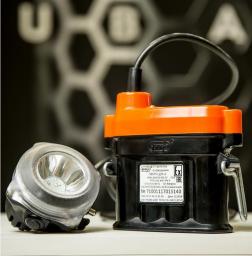
Signal lamps
click to view case
Documents
Also available in:
English
TDS TUBALL MATRIX 808 ENG V12.PDF
PDF204.8 kB
TUBALL MATRIX 808 ABS PROCESSING GUIDELINES ENG V04.PDF
PDF204.8 kB
TUBALL MATRIX 808 GF PA6 PA6.6 PROCESSING GUIDE ENG V04.PDF
PDF204.8 kB
Video
How to grant conductivity to glass fiber reinforced polyamide: compounding guide